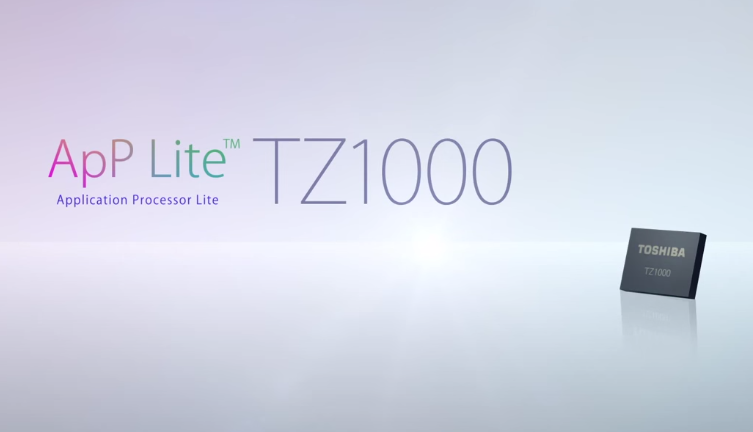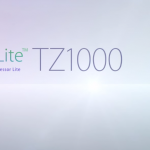
Toshiba has rolled out hardware and software development kits (HDK and SDK) for the Toshiba TZ1000 Application Processor Lite (ApP Lite) series of processors for wearable and Internet of Things (IoT) devices. Together, the kits allow evaluation of devices in an environment closer to that of their final application. The TZ1000 processor can also be optimized for specific product characteristics, compared with the previous development environment.
Given the explosive growth of the wearable and IoT markets, customers need to be able to quickly and easily design application processors into their products. Toshiba’s new development platform allows them to do just that, enabling new products with short development cycles.
The company said it will supply a limited number of reference boards to select IoT device developers free of charge, under certain conditions.
Three elements make up the TZ1000 development environment:
- HDK, consisting of a main reference board embedded with a TZ1001MBG processor and a biometric sensor board that measures pulse waves and the heart’s electrical activities;
- SDK, comprising driver software that controls each component incorporated in the TZ1001MBG, middleware that measures activity and pulse waves, and application software that controls the overall system;
- supporting software development tools. Examples of supporting development tools available include Keil MDK-ARM and IAR Embedded Workbench for ARM.
First introduced in 2014, the TZ1000 series of ApP Lite devices integrate a sensor, an ARM Cortex-M4F processor, flash memory and a Bluetooth Low Energy (BLE) controller in one package.
Also included is a high-resolution ADC that can convert analog signals from external sensors, such as pulse wave and electrocardiogram, into digital data and deliver it to the processor. T
he single-device solution measures, processes, saves and communicates data required for IoT devices and wearables, operating at low power to enable long battery life.
ApP Lite
Toshiba ApP Lite processors enable raw data to be fed to the cloud, and also carry out high-performance and efficient signal processing. They extract necessary data through sensors and image recognition, contributing to a reduced data load.
The ApP Lite family consists of four series, each optimized for specific applications: TZ1000, TZ2000, TZ3000 and TZ5000.

 Toshiba has developed a 21-inch autostereoscopic high-definition display for use in next-generation 3D monitors that enables the user to enjoy three-dimensional images without the need for special glasses.
Toshiba has developed a 21-inch autostereoscopic high-definition display for use in next-generation 3D monitors that enables the user to enjoy three-dimensional images without the need for special glasses.
 As Japan approaches the end of analogue broadcasting in 2011, the digital TV market has entered a period of diversifying customer needs.
As Japan approaches the end of analogue broadcasting in 2011, the digital TV market has entered a period of diversifying customer needs.  It offers a dynamic contrast ratio of 5,000,000:1, and supports this with ultra-high-speed processing and recording, enhanced navigation and seamless network interactivity.
It offers a dynamic contrast ratio of 5,000,000:1, and supports this with ultra-high-speed processing and recording, enhanced navigation and seamless network interactivity.  Toshiba states that optimum picture quality is achieved by automatic fine tuning of multiple control settings: 1024 steps in color temperature, a 128 scale dynamic gamma range, 100 brightness settings, 32 settings each for color saturation, color sharpness, and adjustment of super resolution, plus control of the LED backlighting.
Toshiba states that optimum picture quality is achieved by automatic fine tuning of multiple control settings: 1024 steps in color temperature, a 128 scale dynamic gamma range, 100 brightness settings, 32 settings each for color saturation, color sharpness, and adjustment of super resolution, plus control of the LED backlighting.








